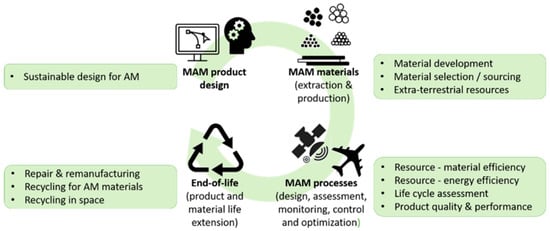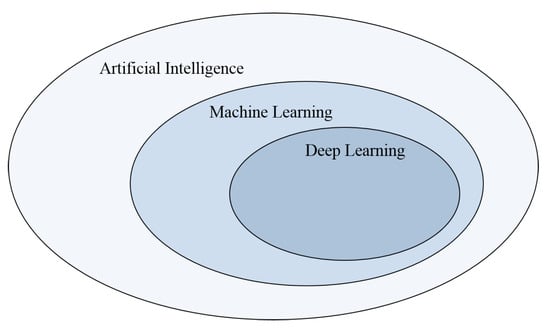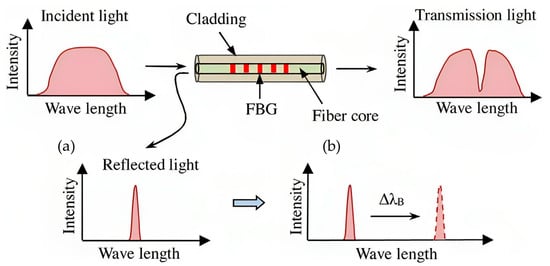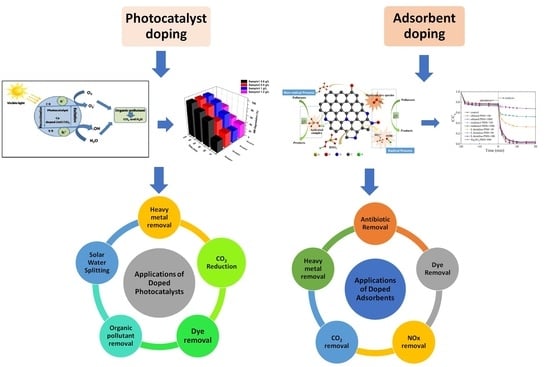Review Papers Collection for Advanced Technologies
A topical collection in Technologies (ISSN 2227-7080).
Viewed by 15307Editor
Interests: metal additive manufacturing; processing; characterization; lightweight materials; nanocomposites
Special Issues, Collections and Topics in MDPI journals
Topical Collection Information
Dear Colleagues,
Technology is the backbone of advancement of society, providing welfare to humans. Most advanced and prosperous countries are technology savvy. The area of technology is very broad, ranging from old and currently relevant materials and manufacturing technologies to the latest technologies, such as those related with artificial intelligence. Thousands of papers are published in each area of technology every year, and it is extremely difficult for researchers to keep pace with recent advancements due to time or access constraints. A logical and amicable solution is to encourage publication of review articles in open access so that they will be accessible to researchers worldwide. In view of this, an attempt is made here to create a devoted section in Technologies that seeks to publish review articles of topical importance. In line with the aims and scope of the journal, review articles in the following areas will be most welcome:
- Internet of Things;
- Neural networks;
- Machine learning;
- Advances in materials science;
- Assistive technologies (adaptive device, healthcare, robotics, wearable, etc.)
- Advances in electronics;
- Environmental technologies (environmental monitoring, model and conserve, etc.);
- Medical technologies (diagnosing, monitoring and treating, etc.).
Prof. Dr. Manoj Gupta
Collection Editor
Manuscript Submission Information
Manuscripts should be submitted online at www.mdpi.com by registering and logging in to this website. Once you are registered, click here to go to the submission form. Manuscripts can be submitted until the deadline. All submissions that pass pre-check are peer-reviewed. Accepted papers will be published continuously in the journal (as soon as accepted) and will be listed together on the collection website. Research articles, review articles as well as short communications are invited. For planned papers, a title and short abstract (about 100 words) can be sent to the Editorial Office for announcement on this website.
Submitted manuscripts should not have been published previously, nor be under consideration for publication elsewhere (except conference proceedings papers). All manuscripts are thoroughly refereed through a single-blind peer-review process. A guide for authors and other relevant information for submission of manuscripts is available on the Instructions for Authors page. Technologies is an international peer-reviewed open access monthly journal published by MDPI.
Please visit the Instructions for Authors page before submitting a manuscript. The Article Processing Charge (APC) for publication in this open access journal is 1600 CHF (Swiss Francs). Submitted papers should be well formatted and use good English. Authors may use MDPI's English editing service prior to publication or during author revisions.
Keywords
- Internet of Things
- neural networks
- machine learning
- advances in materials science
- assistive technologies
- advances in electronics
- environmental technologies
- medical technologies










